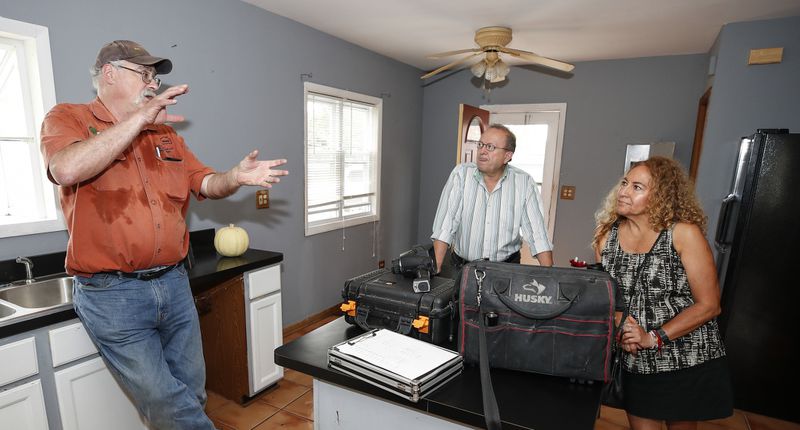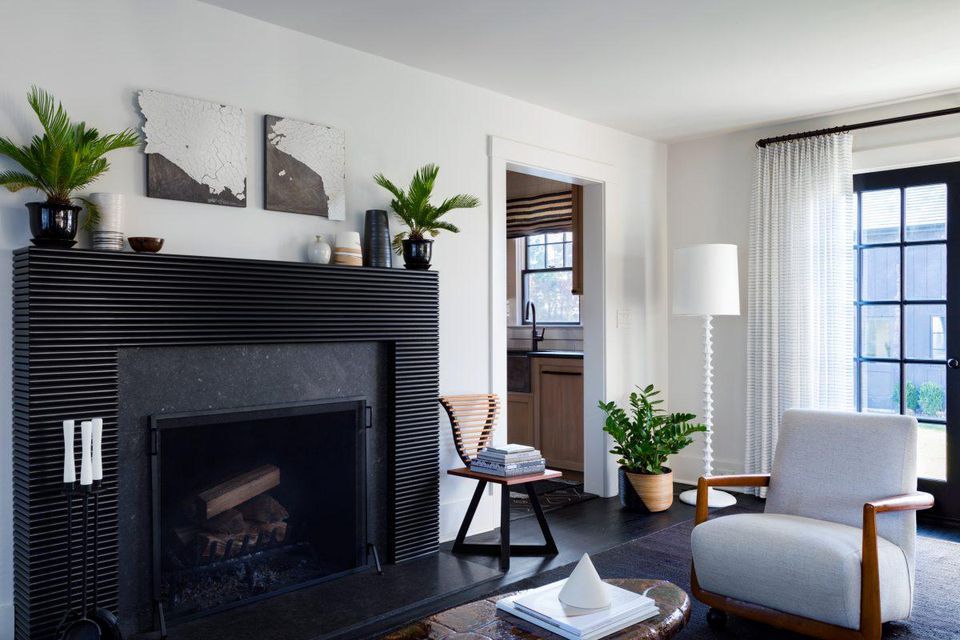How to build your own house: a self build beginner’s guide
Bringing your perfect home to life is an exciting venture, but it requires careful planning, organisation and budgeting. Our step-by-step guide will help you #breaknewground and ensure your self build project runs smoothly.
What is self build?
A project is defined as a self build if the homeowner directly organises the design and construction of their new property, according to the National Custom and Self Build Association (NaCSBA).
Fear not – this doesn’t mean you have to shoulder the bulk of the work. Self builders can take on as much or as little as they want; some choose to get their hands dirty with construction while others will order from a package home company.
Typically, it can take around two years to build a home, from finding a plot to moving in, but this depends largely on the complexity of your project. So is self build for you? It’s important to do your research and make sure you know what you’re getting into before you embark on building your own home.
How to finance your self build
Arranging finance is the first crucial step in the self build journey. Taking your home from paper to plot in the can cost somewhere between $1,000 and $3,000 per square metre, but the final figure will be dictated by the location, scale, design and specification of your dwelling, along with how much of the work you undertake yourself.
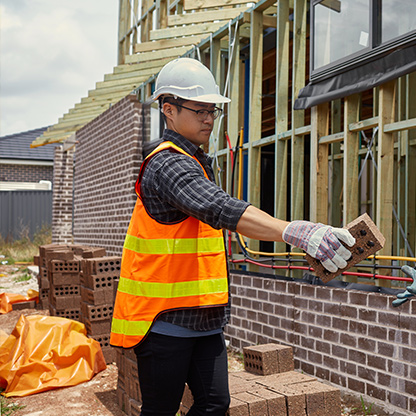
Steps to building a new home
Building a home can give you the freedom to enjoy a brand new property that’s been designed just for you and your family. However, it’s a big project that needs to be carefully managed at every stage.
Choose a home design
There are many options for building your home, from house and land packages and project homes to custom-built properties or DIY kit homes. Each has its own benefits, disadvantages and costs, so it’s important to work out where you want to build, what you can afford and which option best suits your needs.
Find your land
If you’re not rebuilding on your existing block, make sure your building design is compatible with the land you want to buy. This can have a significant impact on building costs, so it’s a good idea to hire an expert to inspect the site before you commit to buying the land or building design
Choose a builder
It’s important to spend time finding the right builder for your project. Get recommendations from friends, contact the Master Builders Association and Housing Industry Association and invite various licenced builders to quote on your new home.
Apply for a home loan
Staying on top of your finances is key to the successful construction of your home. Work out how much it’s likely to cost and make sure you have your home loan in place before you begin.
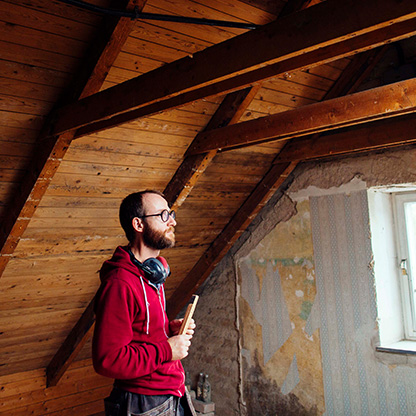
Home Builder Guide
The Home Builder Guide has been prepared to assist homeowners or contractors who are unfamiliar with building and municipal Code sections in planning residential construction, alteration or repair work. This guide is intended to assist in planning, obtaining the necessary permits and inspections, and successfully completing work. We invite you to contact the Department of Community Development, in person or by telephone for any questions regarding specific code requirements
Q: What may I build?
A: What can be built on your property depends primarily on the how it is zoned. Properties have various zoning designations as stipulated on the Huntington Beach Zoning Map and General Plan Map. Development requirements such as lot coverage, building setbacks, floodplain compliance, building height, etc…will vary depending on the zone of the property.
Q: Where may I build on my property?
A: Depending on the zoning of a property, various minimum building setback requirements will apply. Building setbacks identify front, rear and side areas of a property where the construction of a building, fence or other structures is prohibited (except as otherwise stated in the zoning ordinance). For example, if you’re located in the Residential Low Density (RL) zoning district the minimum rear setback is 10 feet, the minimum interior side yard setback is 5 feet, and the minimum front yard setback is 15 feet. All setbacks are measured to property lines.
Q: How big can I build?
A: Lot coverage is another factor that is important for any new construction or additions to existing structures. Lot coverage is the maximum area of a lot (your property) that may be covered by a structure or structures. Most lots permit up to 50 percent of the total lot area. Swimming pools and lattice patio covers are not counted towards lot coverage.
Q: How big can I build?
A: Lot coverage is another factor that is important for any new construction or additions to existing structures. Lot coverage is the maximum area of a lot (your property) that may be covered by a structure or structures. Most lots permit up to 50 percent of the total lot area. Swimming pools and lattice patio covers are not counted towards lot coverage.
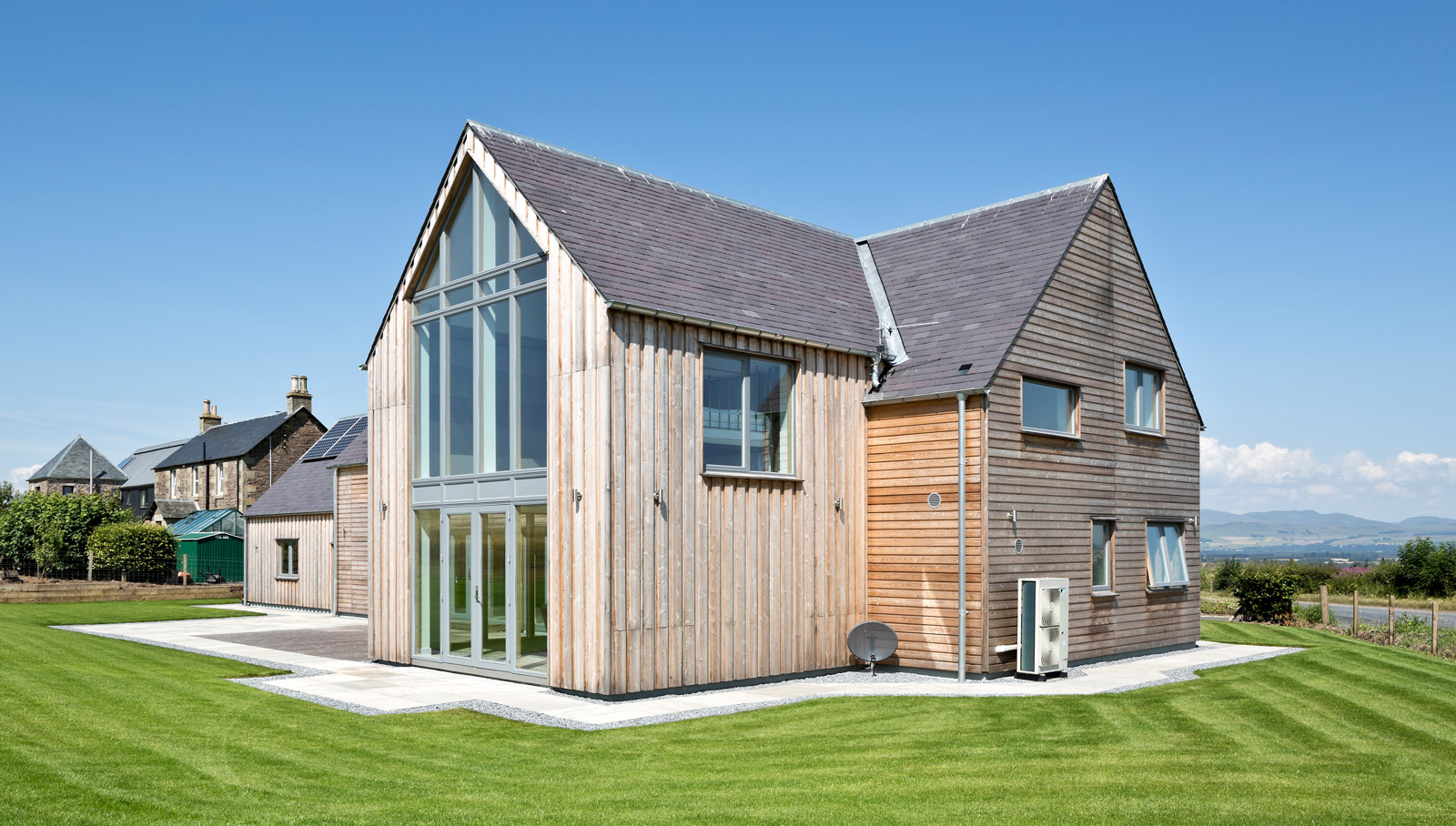
HOME DESIGN: A STEP-BY-STEP GUIDE TO DESIGNING YOUR DREAM HOME
Every self builder has their individual expectations and ambitions in terms of the final result of their Self Build project. The process of designing a home is very demanding and challenging, as it is a crucial stage that is responsible for making your vision a reality. The series will take you through the three main stages in developing an empty plot into a well-organised construction site equipped with experts who can successfully build your dream home.
Before starting to create your project brief you need to think simply: “why?”. Why do you want to build your home instead of buying it directly from a mass home builder? Every self builder’s reason can be different. Some of them want to build a safe and joyful environment for their children. Others may want to build a house to then sell on, to gain maximum profit.
Throughout the whole project, it is important to remember ‘why’ you want to build your own home. By doing this it will help you get through the most challenging moments. There will be a lot of them.
At first, we need to answer the question what is a brief and what is it used for? The brief sets out all of the crucial requirements for your project and needs to be created before you engage with your design team. The brief will help you obtain accurate fee proposals from your design team and will be an evolving document throughout the life of the project.
First thing you need to include in your brief is the basic room information and room sizes. It is helpful to use the measurements of your current rooms, as long as they meet your expectations. The second aspect you need to consider is your building flow – the layout/structure of the internal rooms.

Residential Building Information
A Guide for the Homeowner
To repair, alter, add to or construct a new home, carport, garage, sundeck or other work. The aim of this guide is to assist the home owner or builder who wishes to alter or construct a new one or two-family dwelling or accessory building. These guidelines are for general information only and should not be used as a substitute for city bylaws and regulations.
Zoning Information
Prior to making a building permit application or to change the use of a property, it is important to confirm the heights, setbacks, permitted uses and other considerations as part of the Zoning Bylaw. Zoning regulations is one of the due diligence checked by the designer and/or professionals.
Tree Protection Information
The purpose of the Tree Protection Bylaw is to protect Richmond’s urban forest by restricting tree removal from private lands and ensuring replacement trees are provided when trees are required to be removed.
Demolition, Move or Salvage a Building
In an effort to minimize the demolition of livable houses as well as expand on the homeowners to post their houses on the City’s House Moving and Salvage List for the purpose of offering to move or salvage their house, prior to applying for a demolition permit.
Obtaining & Viewing Building Records
Permit records and survey certificates are available for viewing at the Information Centre of City Hall and may be viewed by anyone. Building drawings are also available for viewing to the registered owner of the property. If not the owner of the property

